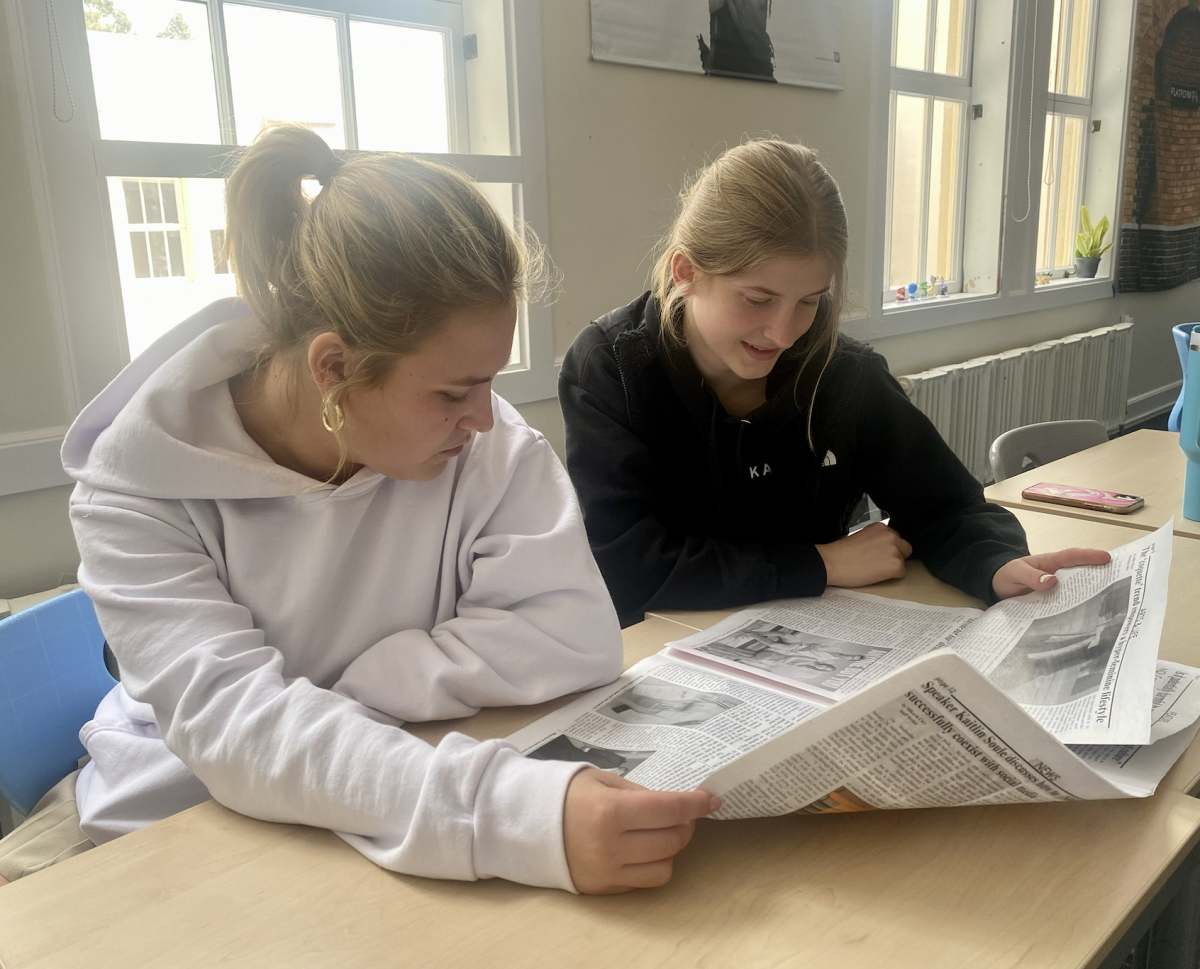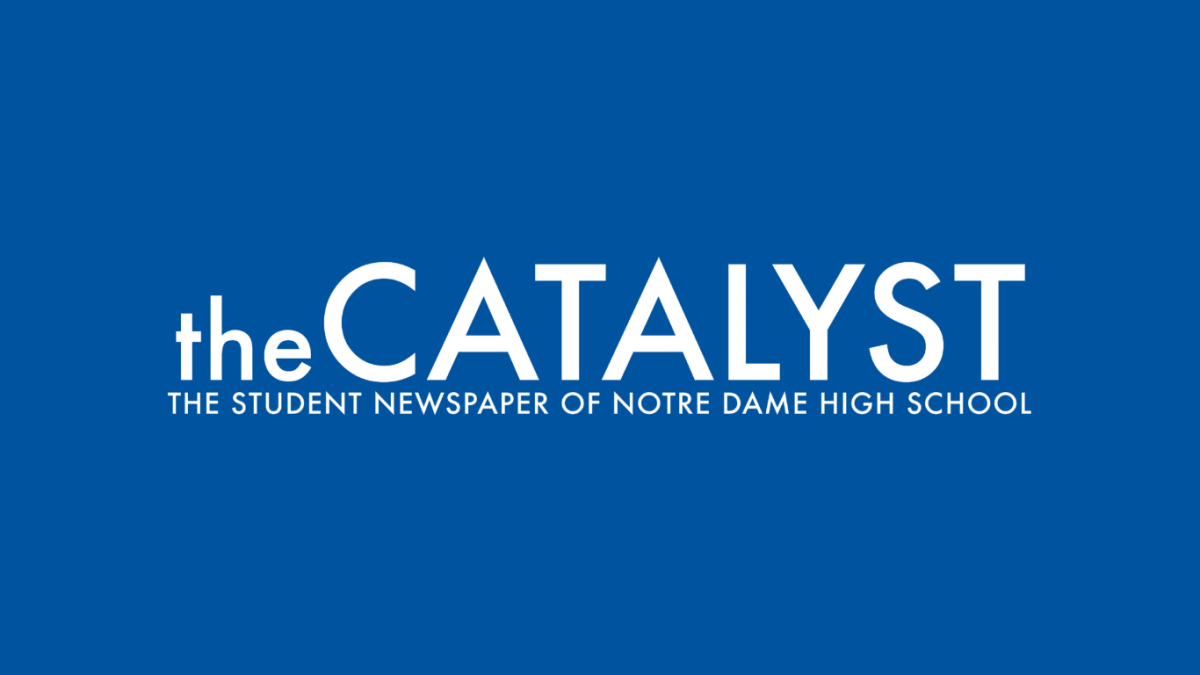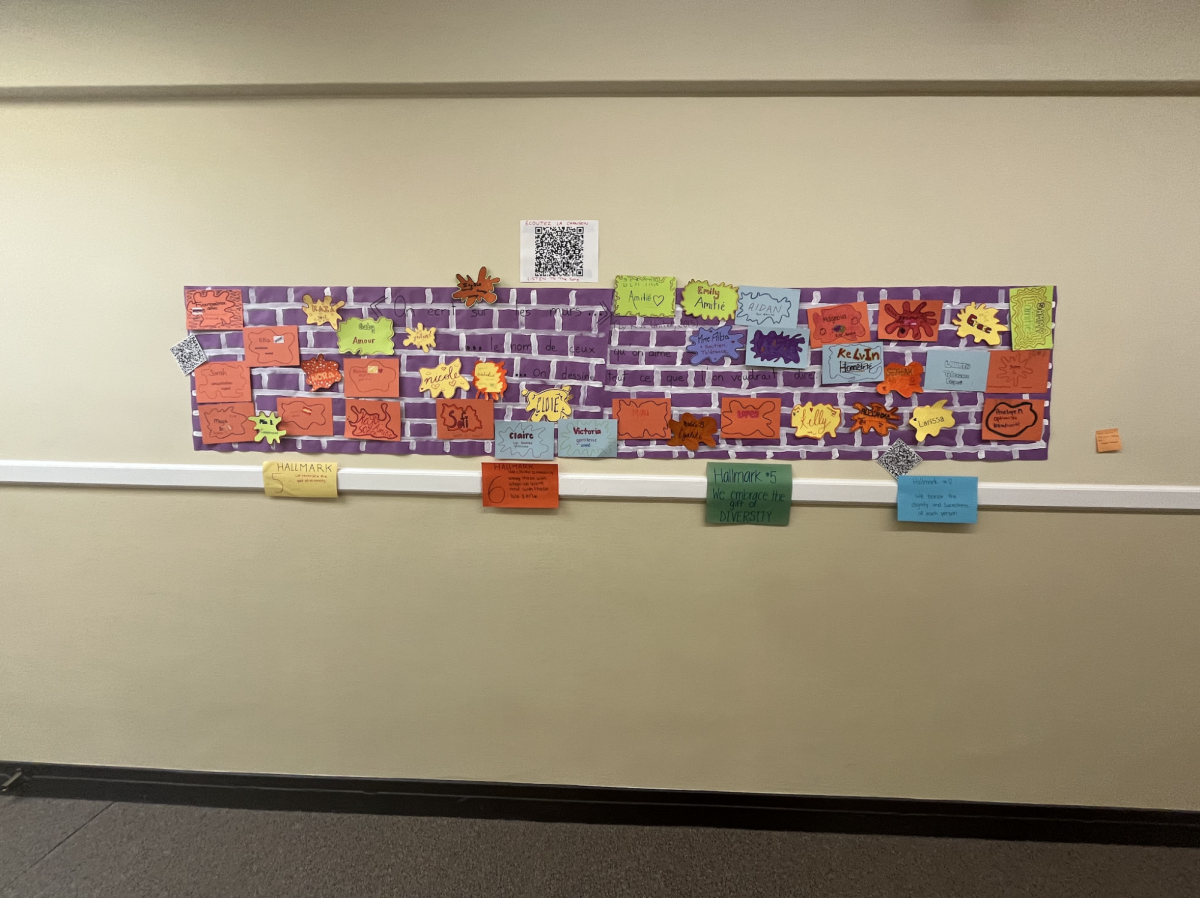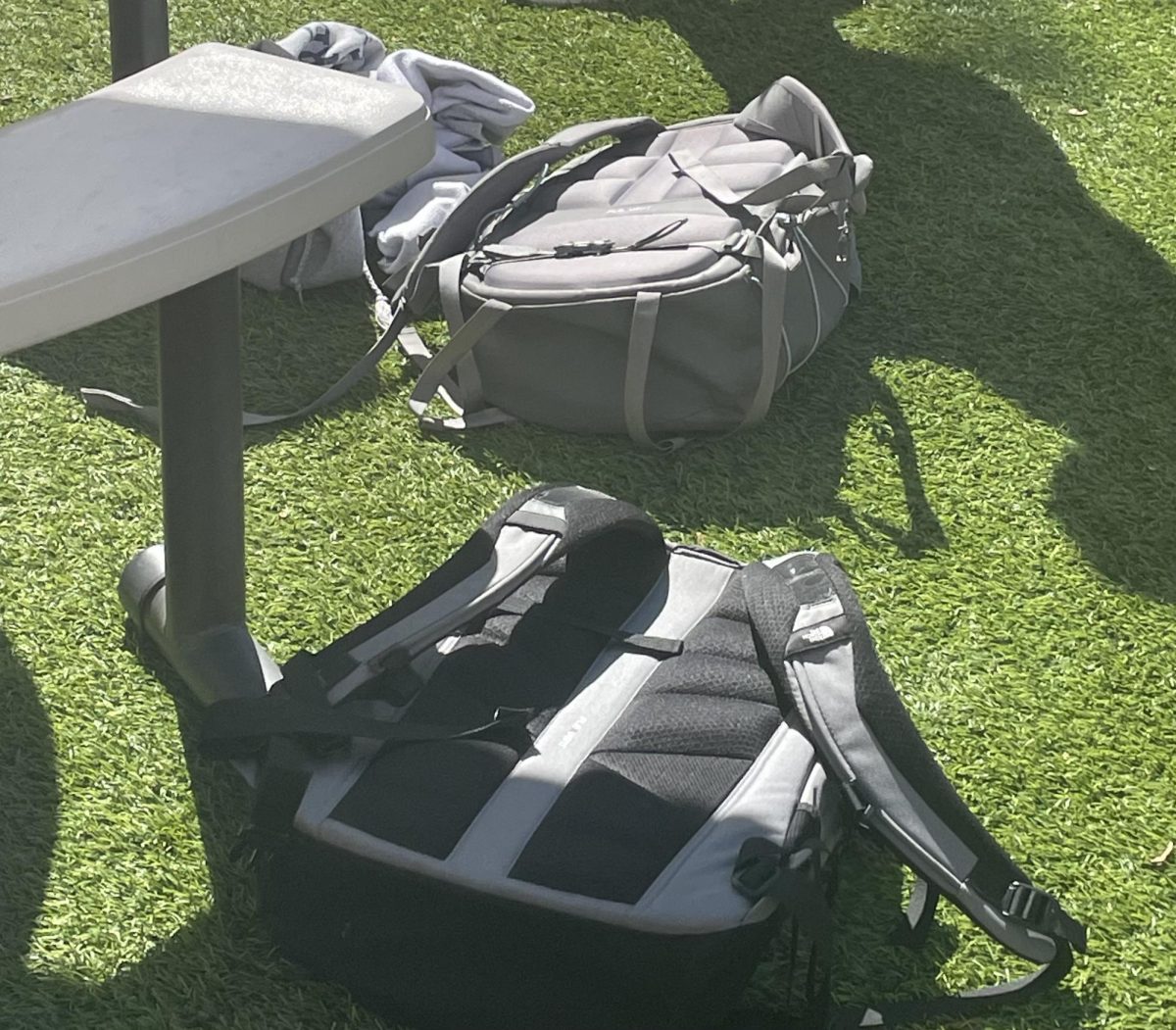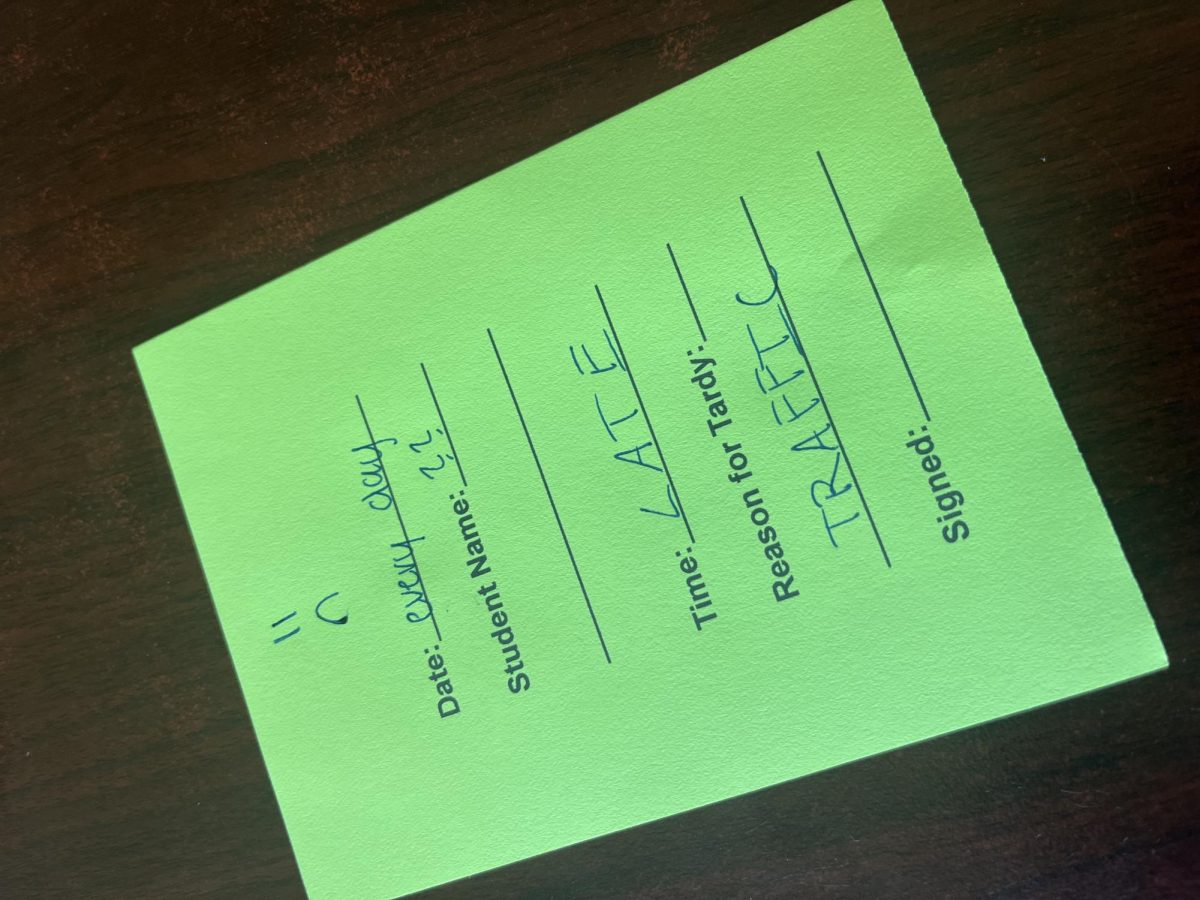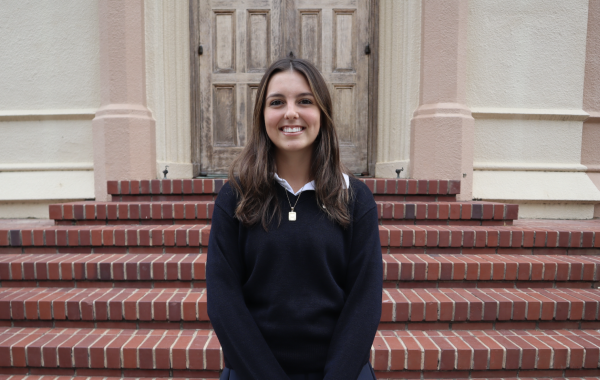The prevalence of social media has risen in the way young Americans consume news. Every day, my friends read the headlines on their phones, clicking through posts until their attention spans wear out and they move on to the next app. They rarely choose to read the linked 600-word article because it appears that all the information they could need is already there on their Instagram feed.
Media literacy, or rather, the lack thereof, in young Americans, is an issue that should garner more attention than it currently does. The transformation into a society where we find everything online lessens accountability within the media, and these discrepancies go unnoticed by many of my peers. Fake news and misinformation are easily spread through platforms like TikTok and Snapchat, and young consumers do not yet have the tools to decipher the fake from the facts. These technologies, alongside artificial intelligence, are altering how we communicate news.
Senior Ashley Strain has years of experience producing mass media through her work on The Catalyst and as an intern with the Marketing and Communications Manager.
“A lot of my friends get their news from a variety of unreliable sources, like TikTok,” said Strain. “You’re going to see current events on all platforms, including social media, but it’s really about how you rely on them.”
Social media is a great way to start learning about the world around us. The amount of information that we are exposed to in a single day is incredible, but it is not enough to just look at a headline and then move on. Instead, it is more beneficial to click on the linked article, read it and think critically about what was just read. It is also crucial to understand the difference between a credible source and a non-credible source. Professional news outlets are usually safer than a random post discovered on the Instagram “Explore” page. Following reliable news sources on social media accounts is necessary if social platforms are an intended way of gathering news.
That said, facing the fact that every professional new source has a bias is the first step to being media literate. Being aware of who the reporter is, what their company’s values are and their credibility can help to decipher their bias and allow the consumer to watch the news with a more nuanced understanding.
“You have to learn how to doubt everything, and how to find sources and do your due diligence,” said AP Government and Politics teacher Karen Fry, who teaches students about media literacy. “It’s important for me that kids can doubt the textbook, the authors, the historians or even me. Developing your own opinions is crucial.”
Additionally, it is necessary to recognize that most news outlets are companies trying to earn a profit, and sensationalized headlines are common as a result of this. News outlets want to “clickbait” readers by using exaggerated headlines to get them to open their stories. Skewed data and inaccurately scaled graphs are often shown as a means to “prove” their point and increase readership. This is not to say that all of the information being shown on the news is wrong; it is just important to proceed with caution and double-check facts with another reliable source. The upcoming 2024 Presidential Election is a perfect opportunity to practice this, as news stations may provide different information regarding the candidates and their races.
“I think that we’re used to living in a black-and-white world. And, I think when you have media literacy, you realize it is gray, which can be scary and frustrating,” said Fry.
Developing media literacy skills is essential for our generation’s future. As Generation Z begins to participate more in world issues, it is necessary to analyze where we get our information.

